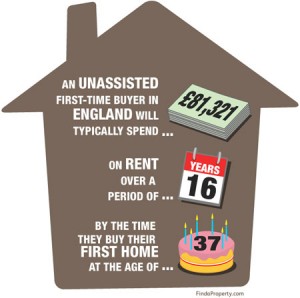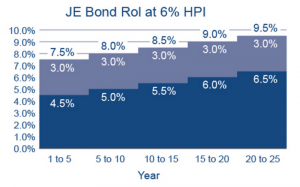Key questions about the Joint Equity co-ownership scheme
There are key questions about the Joint Equity co-ownership scheme from buyers and mortgage advisers alike. They give you valuable insight into what some of the shared ownership market participants care about – so here are our answers.
“Key questions here for potential buyers are how much of the profits they receive on sale”
 You are a co-owner with us and receive the same proportion as your Share.
You are a co-owner with us and receive the same proportion as your Share.
50% Share = 50% of the sale profits.
“What interest rate they are paying on their portion of the loan.”
The interest rate you pay is the interest rate your mortgage lender offers. You can shop around and are free to go with any lender who will support Joint Equity co-ownership.
“What happens if and when I want to sell?”
When you want to sell you must offer your Share to us first and we have advice 21 days to say if we will:-
- Buy your Share
- Sell our Share with you at the same time.
- Or do neither and you are free to sell your Share to a new incoming Joint Equity Resident Partner. (it’s like selling a normal house and we assist your estate agent)
“What happens if the property falls in value or falls into negative equity?”
It’s the same as owning 100% of your house. If you are in negative equity and keep paying the mortgage and Non Resident Partner payment there is no impact. If you need to sell your Share for any reason you will get market value.
“We would always advise clients to try and obtain a larger deposit through collecting funds from family who can release equity from their own properties, or guarantor schemes, or even buying with friends. Entering a partnership with a commercial organisation will always come with risks that are usually not as flexible to negotiate with as friends/family or other less commercially minded sources of funding for your first home.”
This is the usual advice given to buyers however our Resident Partners often don’t have parents or family in a position to help.
The other thing our Resident Partners tell us that, contrary to this view, it is better to go with Joint Equity as we have clear rules in the Partners Contract and our Resident Partners know what they can expect from us.
Do let us know if you have any other questions that we don’t yet answer in our FAQ.










